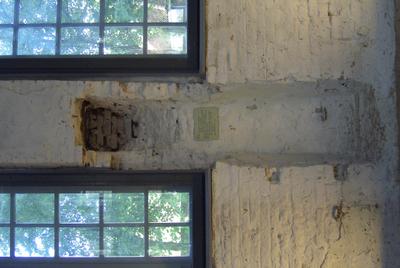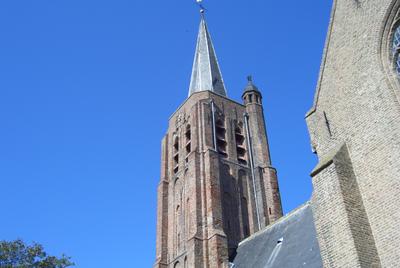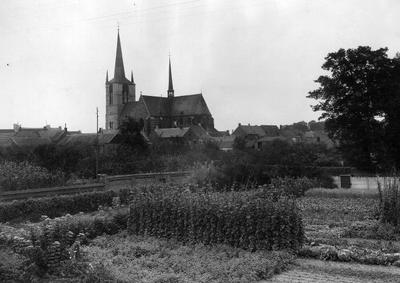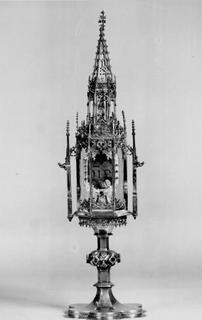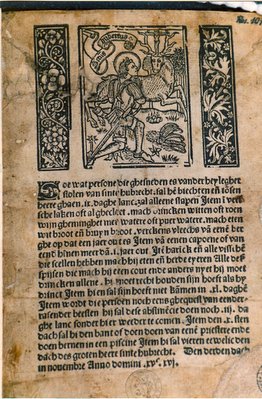
A few years ago in the rare book room at the library in Ghent, I photographed this print, which only appears to have survived in one copy. The print is dated at the bottom “xv c . xvj” (ie, 1516) and has an image of St. Hubert at the top. St. Hubert was a hunter who was out one day pursuing the deer when he had an epiphany: the deer upon which he was about to release his dogs suddenly sprouted a crucifix from its antlers. This is the moment we see in the image. St. Hubert called the dogs, dropped his weapon, knelt before the deer, and promised to become a vegetarian.
Hubert was thought to hold sway over dogs (because he was able to call off them off?); although they are curiously not represented in this print, they appear in most fifteenth-century depictions of the saint. He therefore became associated with rabies, which medieval people realized were transmitted by dog bites. A shrine in his honor was built in the Ardennes, and people who had the “dog bite disease” would visit Hubert’s relics. There they might also buy a print, such as this one.
The text at the bottom describes what to do if you contract rabies. I won’t transcribe/translate the whole thing for you. It says that someone with the disease should go to the Hubert altar to be “cut,” meaning that he should have his forehead incised and a piece of the relic inserted into the wound. He should sleep for 9 days on fresh, clean sheets, drink white or red wine cut down with water, and eat white or brown bread, and the meat from a pig or a chicken that’s more than a year old, and hard-boiled eggs. He should keep his head upright for 9 days and not comb his hair (presumably so the relic stays in place). Most importantly, he should honor St. Hubert.
Let me know if it works.

